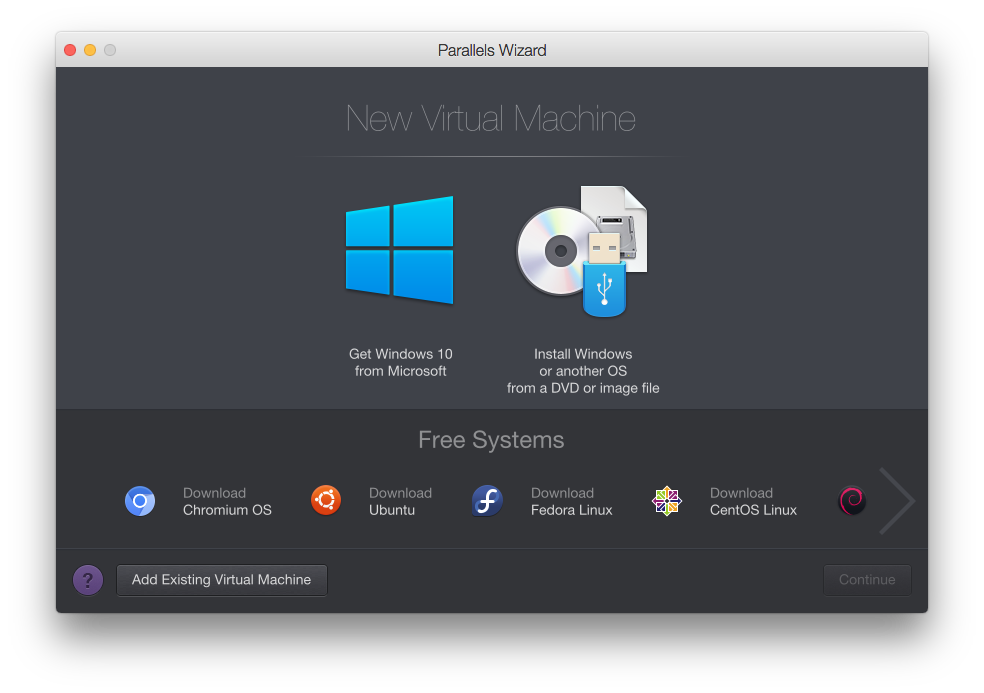
Share host directories by clicking the folder icon at the top right corner of the VM's window. Install SPICE Guest Tools: The official instructions are currently incomplete the command should read: sudo apt install spice-vdagent spice-webdavd davfs2. Resolved by commenting out the DVD reference in /etc/apt/sources.list. N: See apt-secure(8) manpage for repository creation and user configuration details. N: Updating from such a repository can't be done securely, and is therefore disabled by default. apt-get update cannot be used to add new CD-ROMsĮ: The repository 'cdrom:// bullseye Release' does not have a Release file. Please use apt-cdrom to make this CD-ROM recognized by APT.

But using the Apple Virtualization Framework you'll be getting near-native performance and so it's a perfect way to check out Ventura before it launches this fall.# apt update Ign:1 cdrom:// bullseye InReleaseĮrr:2 cdrom:// bullseye Release There aren't many features to change, so it's extremely easy to use for beginners. Then right-click on the VM and select Edit. If for any reason you didn't provide enough hardware resources, or you need to change the display resolution of the VM, first shut it down. When it comes back up you'll be staring at a brand new installation of the macOS Ventura beta.

That's all you need to do now besides wait for the upgrade to install and reboot. Click the Upgrade Now button to begin the process. The tool will then enroll your virtual machine and prompt you to download macOS Ventura. You'll be given a download link to the macOS Public Beta Access Utility which you can install and use as you would on your regular Mac. Go to the Apple public beta site, log in with your Apple ID and enroll your Mac. Once you're on the Monterey desktop, it's now a case of signing up for the Apple macOS public beta, just as if this were your physical Mac.


 0 kommentar(er)
0 kommentar(er)
